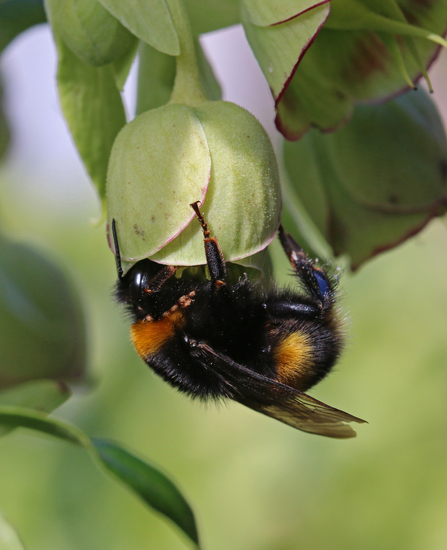The team behind Worcestershire’s Wildlife Sightings scheme are keen to hear from people who spot the busy insects out and about during January and February. Milder weather makes it possible for buff-tailed bumblebees to get through the winter if there are enough flowers for them to feed on.
Nick Packham, one of the Wildlife Sightings team, explained “Counties in southern England have had the joy of seeing bumblebees during the winter months for a little while now but this is a relatively new phenomenon here in Worcestershire.
“Bumblebees are one of the sounds of spring and summer and you might think that with their furry coats they’d be well suited for winter. As well as needing the milder weather that we’re now seeing throughout winter, however, they also need to find enough flowers to feed from. It’s only in the last few years that bumblebee colonies in Worcestershire have been active during winter.

